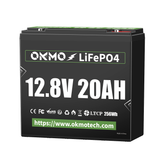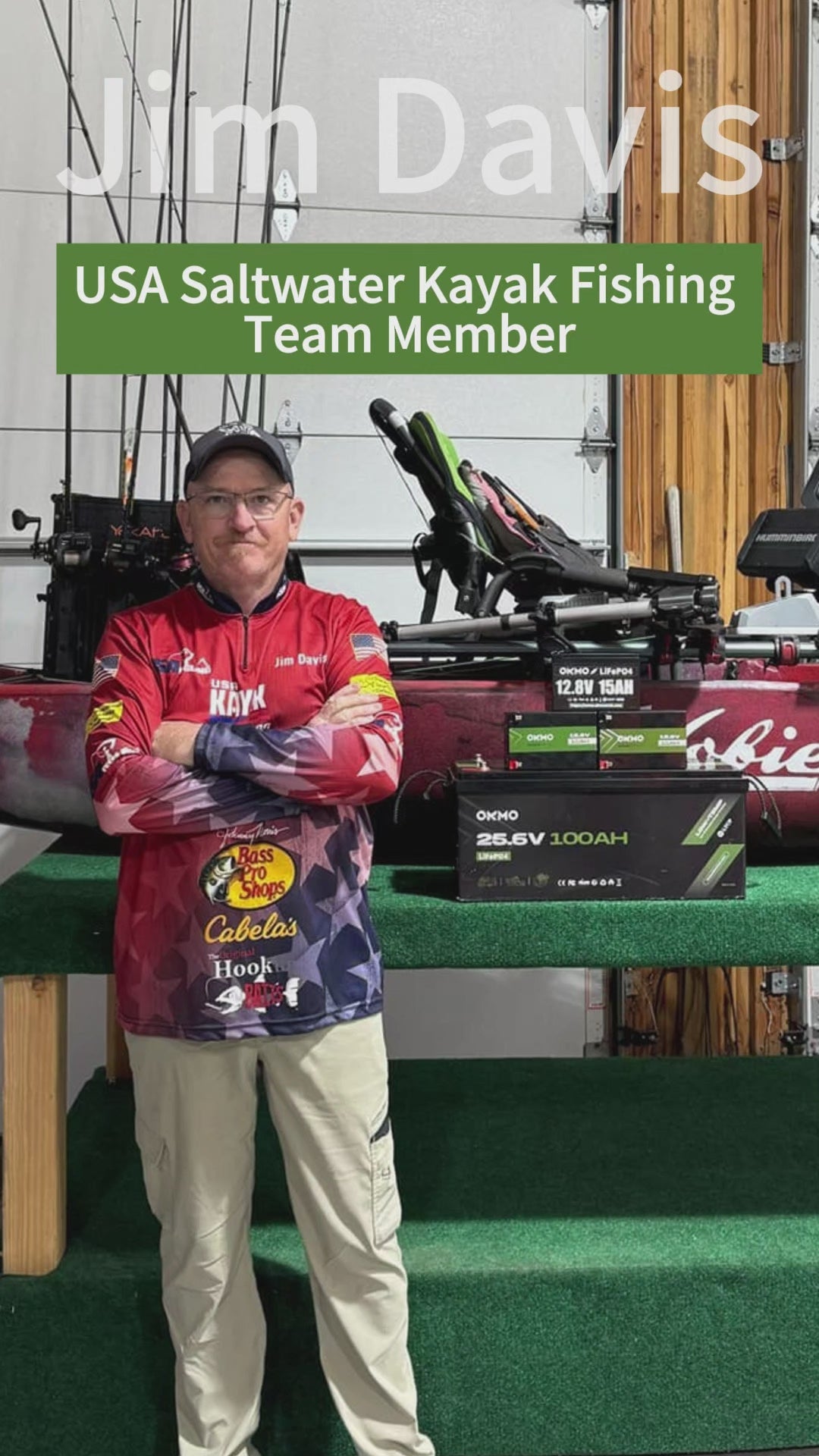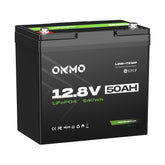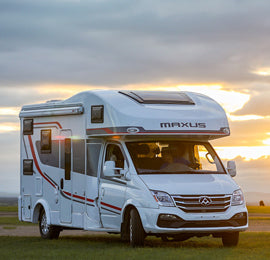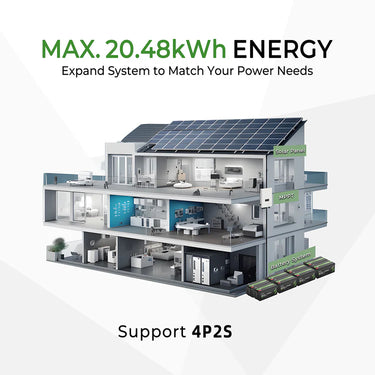(IMO) Compliance Analysis for Marine Batteries and Top 5 Recommended Products
 ——Global Navigation Standards for Safety, Environmental Protection, and Performance
——Global Navigation Standards for Safety, Environmental Protection, and Performance
I. Core IMO Requirements for Marine Batteries
The International Maritime Organization (IMO) has established stringent regulations for the design, installation, and use of marine batteries to ensure safe navigation and marine environmental protection. These requirements focus on three key dimensions:
1. Safety
-
Fire and Explosion Prevention:
Batteries must comply with IMO Resolution MSC.307(88) for explosion-proof certification. Electrolyte leakage must be limited to <0.05ml/Ah, and the casing must meet UL 94 V-0 flame-retardant standards. -
Vibration and Shock Resistance:
Batteries must pass IEC 60068-2-6 vibration testing (5-500Hz frequency for 3 hours) without structural damage.
2. Environmental Compliance
-
Hazardous Substance Restrictions:
Cadmium (Cd), mercury (Hg), and other toxic materials are prohibited (per IMO MEPC.379(80). Lead-acid batteries must adopt sealed designs (VRLA) to prevent acid mist leakage. -
Recycling and Pollution Control:
Manufacturers must provide recycling plans compliant with EU Battery Directive 2006/66/EC or equivalent regulations.
3. Performance and Durability
-
Cycle Life:
Power batteries must achieve ≥500 cycles at 50% depth of discharge (DOD); backup batteries must last ≥10 years at 20% DOD. -
Temperature Adaptability:
Operational temperature range must cover -20°C to 55°C, with ≤15% capacity loss in high-temperature (50°C) environments.
 II. Top 5 IMO-Compliant Marine Batteries
II. Top 5 IMO-Compliant Marine Batteries
The following products are certified by leading classification societies (DNV GL, ABS, BV, etc.) and meet IMO standards:
1. EnerSys Odyssey Extreme 31M-PC2150 (AGM Battery)
-
Certifications: DNV GL, IEC 60092-353/354, UL 1973
-
Key Advantages:
-
Military-grade vibration resistance (MIL-STD-810G), 1,200 cycles @50% DOD;
-
Leak-proof design, suitable for lifeboats and main propulsion systems.
-
-
Applications: Ocean-going cargo ships, rescue vessels
2. Leoch Marine Pro LFP-200Ah (LiFePO4 Battery)
-
Certifications: BV, IMO MSC.1/Circ.1638, UN 38.3
-
Key Advantages:
-
Wide temperature range (-30°C~60°C), energy density of 200Wh/kg;
-
Integrated smart BMS with <10ms response time for overcharge/short-circuit protection.
-
-
Applications: Hybrid cruise ships, scientific research vessels
3. Rolls/Surrette S-550 L16-HC (Flooded Lead-Acid Battery)
-
Certifications: ABS, Lloyd’s Register, SOLAS
-
Key Advantages:
-
Ultra-high capacity (1,100Ah @20-hour rate), superior high-temperature performance;
-
Low electrolyte stratification risk (40% below industry average).
-
-
Applications: Large cruise ship auxiliary power, offshore platform energy storage
4. OKMO 12V 200Ah (Lifepo4 Battery)
-
Certifications: RINA, IEC 60896-21/22, IP67
-
Key Advantages:
-
Deep discharge recovery (800 cycles @80% DOD);
-
Compatible with solar/wind hybrid charging, flexible installation.
-
-
Applications: Small-to-medium yachts, coastal fishing boats
5. East Penn Deka Marine Master 8A8D (AGM Battery)
-
Certifications: ClassNK, ISO 12405-4, MARPOL
-
Key Advantages:
-
Cold cranking amps (CCA) of 1,150A, anti-corrosion terminals;
-
Acid mist emissions of 0.03mg/Ah, far exceeding IMO requirements.
-
-
Applications: Tugboat starting batteries, port machinery
III. Compliance Comparison
| Battery Model | Safety Certifications | Environmental Features | Cycle Life (@50% DOD) | Target Vessels |
|---|---|---|---|---|
| EnerSys Odyssey Extreme | DNV GL, UL 1973 | Cadmium-free, sealed AGM | 1,200 | Ocean cargo/rescue vessels |
| Leoch LFP-200Ah | BV, UN 38.3 | Zero-pollution LiFePO4 | 3,500 | Hybrid cruise ships |
| Rolls/Surrette S-550 | ABS, SOLAS | Low acid mist emissions | 800 | Large cruise ships/platforms |
| Victron SuperCycle | RINA, IP67 | Recyclability >98% | 800 | Yachts/fishing boats |
| East Penn Deka 8A8D | ClassNK, ISO 12405 | Flame-retardant, mercury-free | 600 | Tugboats/port equipment |
 IV. Selection and Maintenance Guidelines
IV. Selection and Maintenance Guidelines
-
Selection Principles:
-
Power Batteries: Prioritize lithium (e.g., Leoch LFP) for high energy demands;
-
Backup Batteries: Choose AGM (e.g., EnerSys) for maintenance-free longevity.
-
-
Installation Standards:
-
Battery compartments must be ventilated (per IMO MSC/Circ.1583); lithium battery spacing ≥50mm;
-
Lead-acid batteries must be installed at <10° tilt to prevent electrolyte spillage.
-
-
Maintenance Tips:
-
Monthly voltage and internal resistance checks (lead-acid float voltage: 13.5-13.8V);
-
Lithium batteries require periodic BMS calibration; avoid long-term full-charge storage.
-
V. Future Trends: IMO Updates and Innovations
-
Hydrogen Fuel Cell Compliance: IMO is revising the IGF Code, with hydrogen-powered marine batteries likely to be certified post-2025.
-
Smart Monitoring: IoT-enabled batteries (e.g., Leoch Pro series) can sync real-time data to ship management systems, aligning with IMO GBS goals.
Choosing IMO-compliant marine batteries is not only a regulatory obligation but also a long-term investment in crew safety, marine ecosystems, and operational efficiency. The Top 5 products recommended here span lead-acid, lithium, and other technologies, allowing shipowners to select based on vessel type, budget, and maintenance capacity. As IMO environmental standards tighten, lithium iron phosphate batteries and smart management systems will dominate the market. Proactive adoption of these technologies will be critical for future-proofing maritime operations.
